-
 bitcoin
bitcoin $109523.663807 USD
-0.13% -
 ethereum
ethereum $4019.526508 USD
2.06% -
 tether
tether $1.000482 USD
0.00% -
 xrp
xrp $2.776815 USD
0.18% -
 bnb
bnb $958.942396 USD
0.12% -
 solana
solana $204.294698 USD
3.84% -
 usd-coin
usd-coin $0.999693 USD
0.00% -
 dogecoin
dogecoin $0.232115 USD
2.09% -
 tron
tron $0.338028 USD
0.84% -
 cardano
cardano $0.790920 USD
1.50% -
 hyperliquid
hyperliquid $44.871443 USD
5.60% -
 ethena-usde
ethena-usde $1.000322 USD
0.04% -
 chainlink
chainlink $21.034165 USD
2.60% -
 avalanche
avalanche $28.794831 USD
-0.54% -
 stellar
stellar $0.360466 USD
1.24%
How valid is a MACD underwater golden cross? Is it a rebound signal?
An underwater MACD golden cross may signal short-term bullish momentum in a downtrend, but in crypto, it often leads to false breakouts—confirm with volume, RSI, and on-chain data.
Sep 18, 2025 at 02:54 am
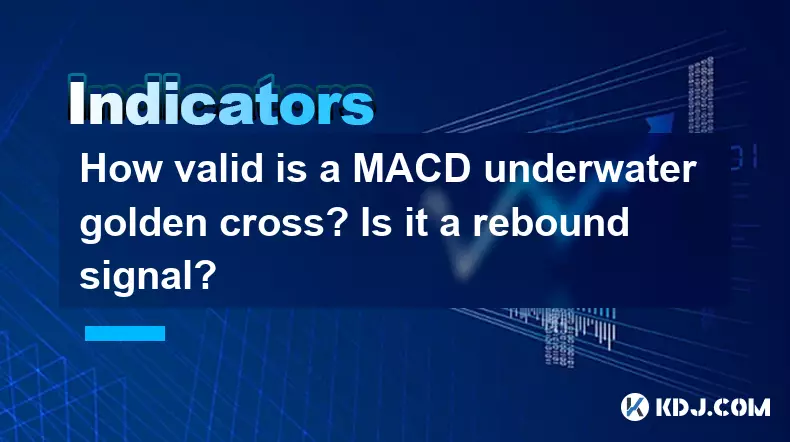
Understanding the MACD Underwater Golden Cross
1. The Moving Average Convergence Divergence (MACD) is a widely used technical indicator in cryptocurrency trading, helping traders identify potential trend reversals and momentum shifts. A golden cross occurs when the MACD line crosses above the signal line, traditionally seen as a bullish signal. However, when this happens while both lines remain below the zero axis, it’s referred to as an “underwater golden cross.” This scenario suggests that although momentum may be shifting upward, the overall trend is still bearish.
2. In the volatile world of cryptocurrencies, price movements are often exaggerated compared to traditional markets. An underwater golden cross in a downtrend might reflect short-term buying pressure amid a broader sell-off. Traders should not interpret this signal in isolation. Instead, it should be evaluated alongside volume patterns, support/resistance levels, and broader market sentiment within the crypto ecosystem.
3. Historical data from major digital assets like Bitcoin and Ethereum shows that underwater golden crosses frequently occur during deep corrections. While some lead to meaningful rebounds, many result in only temporary relief rallies before the downward trend resumes. The validity of the signal depends heavily on confirmation from other indicators such as RSI divergence or increasing on-chain activity suggesting accumulation.
4. Market structure in the crypto space amplifies false signals due to high-frequency trading, whale manipulation, and low liquidity on certain exchanges. An underwater golden cross can be triggered by a sudden pump—often orchestrated by large players—creating a misleading impression of recovery. Retail traders reacting impulsively to such signals risk entering positions prematurely.
Conditions That Strengthen the Signal
1. When an underwater golden cross coincides with oversold conditions on the Relative Strength Index (RSI), particularly below 30, the probability of a rebound increases. This combination indicates exhaustion among sellers and potential for mean reversion, especially if observed on daily or weekly timeframes.
2. On-chain metrics such as declining exchange reserves and rising wallet addresses holding for more than one year can corroborate the signal. These suggest long-term holders are accumulating rather than distributing, providing foundational support for a reversal.
3. A breakout above a key resistance level following the cross enhances its credibility. For instance, if Bitcoin forms an underwater golden cross and subsequently closes above a descending trendline or psychological price point like $60,000, the signal gains strength.
4. Increased trading volume during the cross is critical. A surge in volume indicates real participation, reducing the likelihood of a fakeout. In contrast, low-volume crossovers are commonly dismissed as noise in the data.
Risks of Acting on the Signal Prematurely
1. Many traders misinterpret the underwater golden cross as a full trend reversal, leading to early long entries. In prolonged bear markets, such as the 2018–2019 crypto winter, multiple false signals occurred before the actual bottom formed. Emotional decision-making based on isolated MACD readings often results in significant drawdowns.
2. Leverage trading platforms amplify these risks. A trader opening a highly leveraged long position after an underwater golden cross may face liquidation if the price continues to drop, even slightly. The absence of fundamental catalysts—such as regulatory clarity or institutional adoption—further diminishes the signal’s reliability.
3. Altcoins are especially prone to misleading technical patterns. Due to their lower market caps and susceptibility to hype cycles, an underwater golden cross in a meme coin might reflect nothing more than coordinated social media pumping rather than genuine demand.
4. Algorithmic trading bots react instantaneously to MACD crossovers, creating brief spikes that trap retail investors. Without proper risk management, traders chasing these moves often exit at a loss once the artificial momentum fades.
Common Questions About MACD in Crypto Trading
What does a sustained MACD above zero indicate in a bull run?A sustained MACD above the zero line during a bull phase reflects strong positive momentum and consistent buying pressure. It often aligns with periods of FOMO-driven inflows and new all-time highs across major cryptocurrencies.
Can MACD be used effectively on intraday crypto charts?Yes, but with caution. On shorter timeframes like 15-minute or hourly charts, MACD generates numerous signals, many of which are false due to market noise. Combining it with Bollinger Bands or order book depth improves accuracy.
How do halving events affect MACD signal reliability?Halving events historically precede major bull runs, but MACD signals during the pre-halving consolidation phase can be erratic. The reduced block reward alters miner behavior, influencing supply dynamics in ways not immediately reflected in technical indicators.
Is the MACD equally reliable across all cryptocurrencies?No. Its effectiveness varies significantly. Large-cap assets like BTC and ETH exhibit more predictable MACD behavior due to higher liquidity and market efficiency. Smaller altcoins with irregular trading volumes produce inconsistent and often deceptive crossovers.
Disclaimer:info@kdj.com
The information provided is not trading advice. kdj.com does not assume any responsibility for any investments made based on the information provided in this article. Cryptocurrencies are highly volatile and it is highly recommended that you invest with caution after thorough research!
If you believe that the content used on this website infringes your copyright, please contact us immediately (info@kdj.com) and we will delete it promptly.
- Whales, Trump Coin, and Crypto: A New York Minute on What's Hot (and What's Not)
- 2025-09-27 10:25:17
- SWIFT Tests On-Chain Messaging with Linea: A New Era for Global Finance?
- 2025-09-27 10:25:17
- BullZilla Crypto Presale: Surging Through the Meme Coin Jungle
- 2025-09-27 11:05:15
- Binance Coin, WLFI, Crypto Presales: Decoding 2025's Hottest Trends
- 2025-09-27 10:45:15
- Bitcoin, Gold, Stocks: Navigating the Shifting Sands of Investment in 2025
- 2025-09-27 11:05:15
- Bitcoin, Cardano, and Crypto Presales: Is BullZilla the Next Big Thing?
- 2025-09-27 11:10:01
Related knowledge
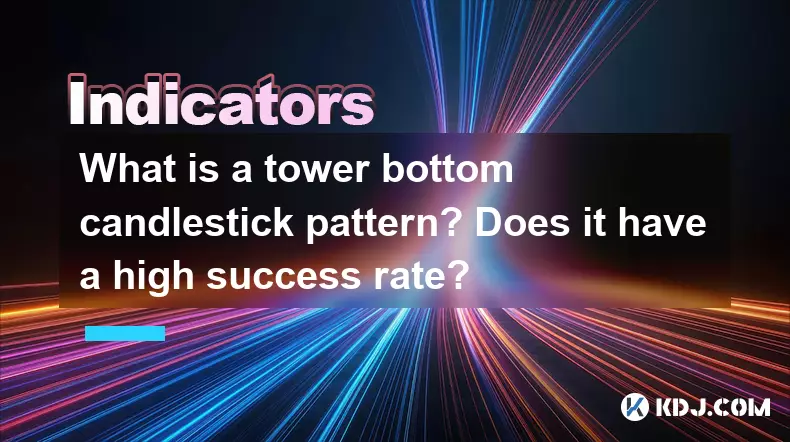
What is a tower bottom candlestick pattern? Does it have a high success rate?
Sep 22,2025 at 07:18am
Tower Bottom Candlestick Pattern Explained1. The tower bottom candlestick pattern is a reversal formation that typically appears at the end of a downt...
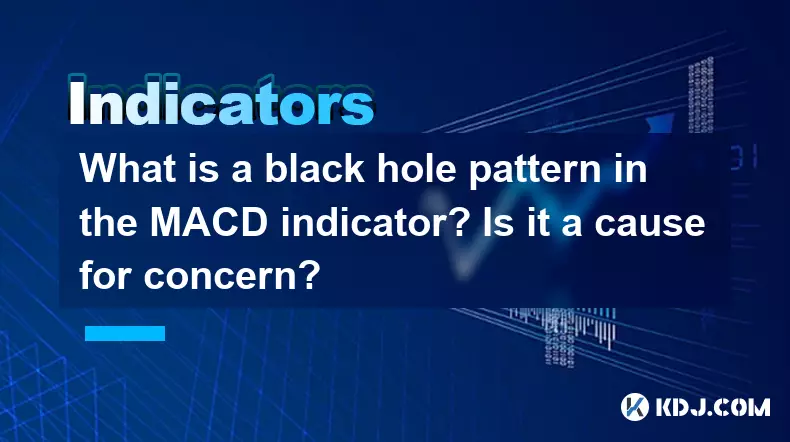
What is a black hole pattern in the MACD indicator? Is it a cause for concern?
Sep 21,2025 at 06:54pm
Bitcoin's Role in Decentralized Finance1. Bitcoin remains the cornerstone of decentralized finance, serving as a benchmark for value and security acro...

How can I use the psychological line (PSY) to determine market sentiment?
Sep 17,2025 at 02:19pm
Understanding the Psychological Line (PSY) in Cryptocurrency TradingThe Psychological Line, commonly referred to as PSY, is a momentum oscillator used...
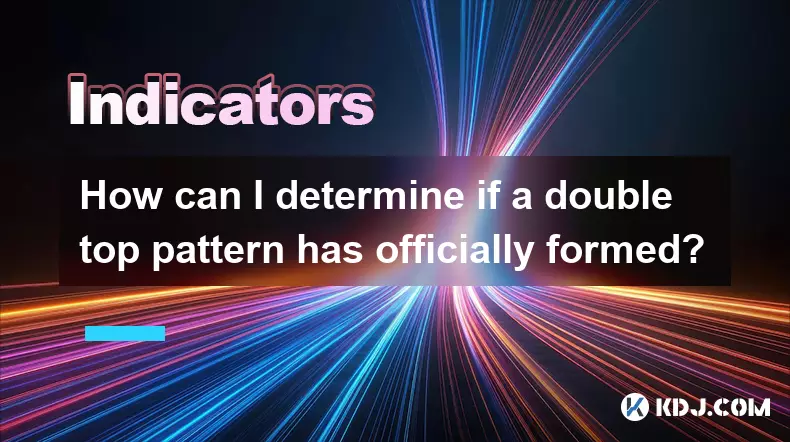
How can I determine if a double top pattern has officially formed?
Sep 21,2025 at 03:18am
Understanding the Structure of a Double Top Pattern1. A double top pattern consists of two distinct peaks that reach approximately the same price leve...
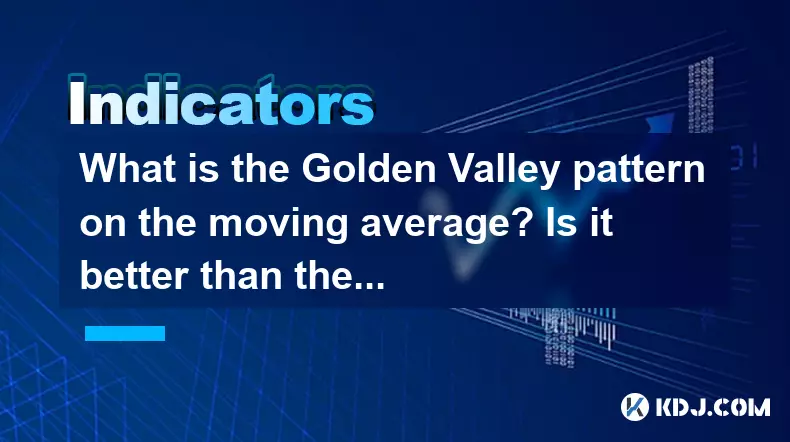
What is the Golden Valley pattern on the moving average? Is it better than the Silver Valley pattern?
Sep 21,2025 at 02:54pm
Understanding the Golden Valley Pattern in Moving Averages1. The Golden Valley pattern is a technical formation observed in cryptocurrency price chart...

What does a death cross of the RSI in the strong zone (above 50) mean?
Sep 17,2025 at 10:54pm
Understanding the Death Cross in RSI Context1. The term 'death cross' is traditionally associated with moving averages, where a short-term average cro...

What is a tower bottom candlestick pattern? Does it have a high success rate?
Sep 22,2025 at 07:18am
Tower Bottom Candlestick Pattern Explained1. The tower bottom candlestick pattern is a reversal formation that typically appears at the end of a downt...

What is a black hole pattern in the MACD indicator? Is it a cause for concern?
Sep 21,2025 at 06:54pm
Bitcoin's Role in Decentralized Finance1. Bitcoin remains the cornerstone of decentralized finance, serving as a benchmark for value and security acro...

How can I use the psychological line (PSY) to determine market sentiment?
Sep 17,2025 at 02:19pm
Understanding the Psychological Line (PSY) in Cryptocurrency TradingThe Psychological Line, commonly referred to as PSY, is a momentum oscillator used...

How can I determine if a double top pattern has officially formed?
Sep 21,2025 at 03:18am
Understanding the Structure of a Double Top Pattern1. A double top pattern consists of two distinct peaks that reach approximately the same price leve...

What is the Golden Valley pattern on the moving average? Is it better than the Silver Valley pattern?
Sep 21,2025 at 02:54pm
Understanding the Golden Valley Pattern in Moving Averages1. The Golden Valley pattern is a technical formation observed in cryptocurrency price chart...

What does a death cross of the RSI in the strong zone (above 50) mean?
Sep 17,2025 at 10:54pm
Understanding the Death Cross in RSI Context1. The term 'death cross' is traditionally associated with moving averages, where a short-term average cro...
See all articles










































































